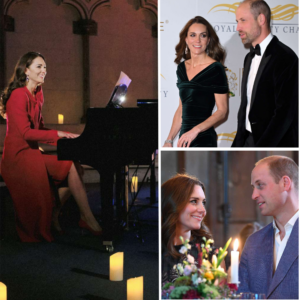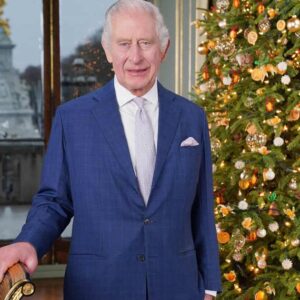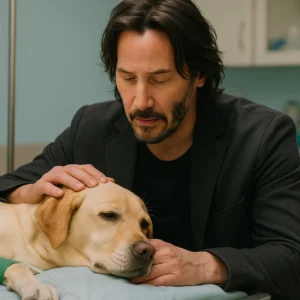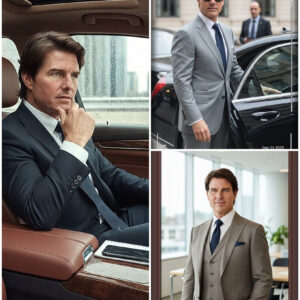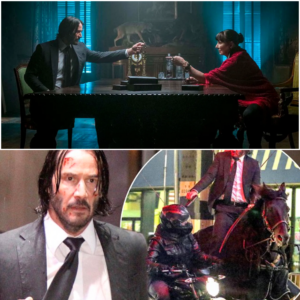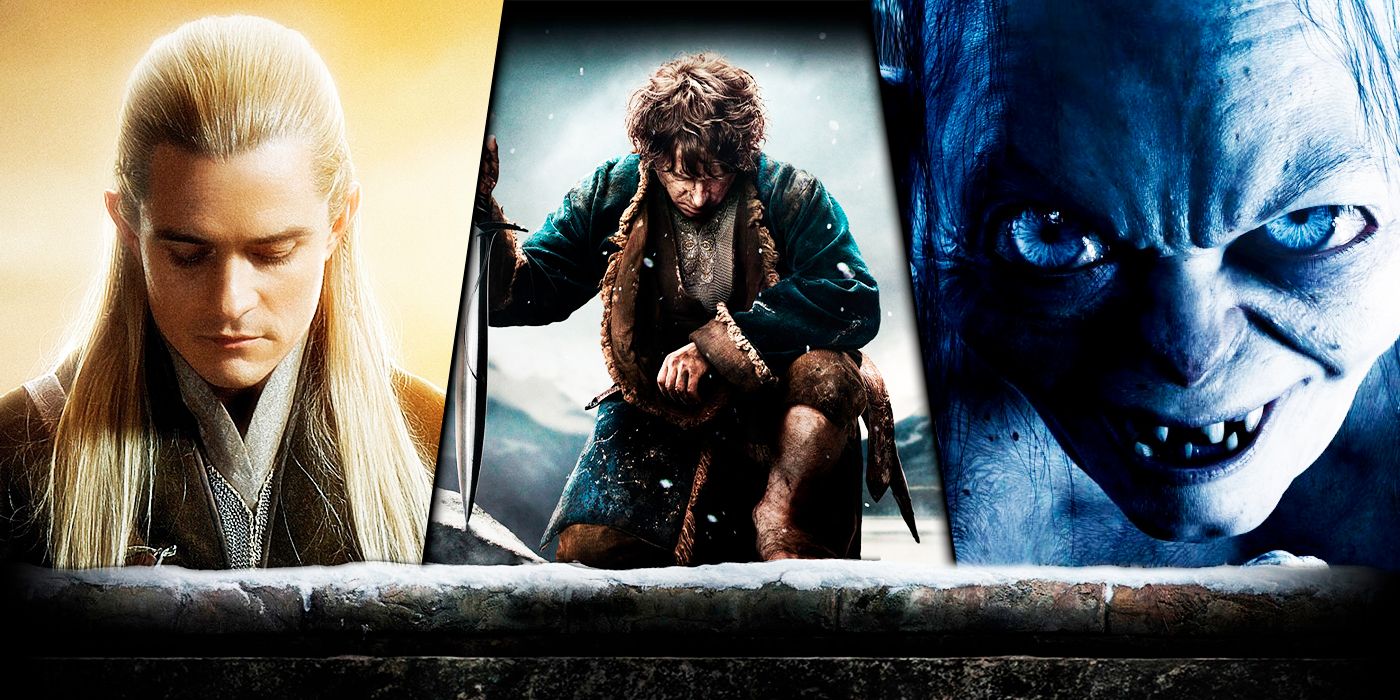
Peter Jackson’s The Lord of the Rings films were cinematic masterpieces that won both critical and commercial acclaim, so when he announced his return to Middle-earth for a series of films based on J. R. R. Tolkien’s The Hobbit, the excitement was palpable. However, the films were released to mixed reviews, and though they were still successful at the box office, they did not have nearly the same impact on the cultural zeitgeist. Many fans of The Lord of the Rings lambasted The Hobbit for its bloated runtime, overreliance on CGI, occasional slapstick tone, and deviations from the source material. These criticisms are not entirely without merit, but they overlook the trilogy’s many strengths. Though I do not think that The Hobbit films live up to The Lord of the Rings, they are good movies in their own right, and they deserve some long overdue praise for what they did well.
One of the best things about The Hobbit was simply that it was more of Middle-earth — specifically, more of Jackson’s Middle-earth. When I first watched The Hobbit: An Unexpected Journey in the theater and saw Bilbo walking through Bag End in the opening scene, I felt like I had been transported back in time to my early childhood. The franchise that had been such an important part of my formative years was continuing after almost a decade, and in many ways, it felt like nothing had changed. Yet this excitement went beyond simple nostalgia because The Hobbit was not content to retread locations from The Lord of the Rings; we also got to see new corners of Middle-earth that were absent from Jackson’s previous trilogy. For example, the only Dwarven civilization in The Lord of the Rings was Moria, a long-abandoned ruin full of monsters and corpses, but flashbacks from The Hobbit portrayed the kingdom of Erebor in its prime, complete with glimmering caverns, bustling workshops, and a resplendent throne room. On the flip side, the dilapidated Lake-town showed what life was like for Men who did not live in major kingdoms such as Gondor or Rohan. Jackson faced pressure to film in the United Kingdom due to New Zealand’s changing labor laws at the time, but he fought to keep his home country’s breathtaking vistas as the backdrop for Bilbo Baggins’ adventure.
The Hobbit Films Looked Incredible
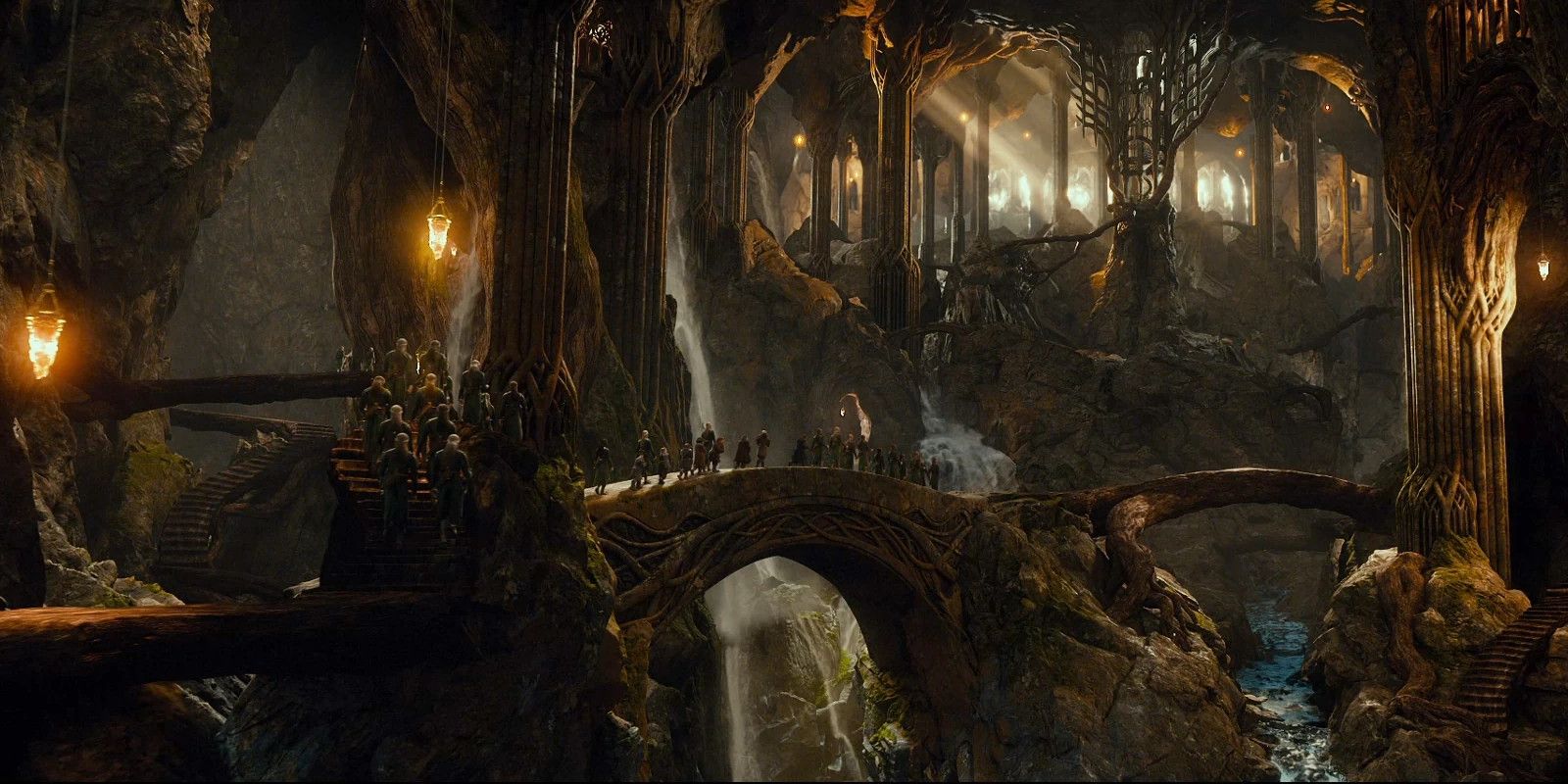
Peter Jackson’s Middle-earth Films
IMDb Score
Rotten Tomatoes Tomatometer
The Lord of the Rings: The Fellowship of the Ring
8.9/10
92%
The Lord of the Rings: The Two Towers
8.8/10
95%
The Lord of the Rings: The Return of the King
9.0/10
94%
The Hobbit: An Unexpected Journey
7.8/10
64%
The Hobbit: The Desolation of Smaug
7.8/10
74%
The Hobbit: The Battle of the Five Armies
7.4/10
60%
read more
Wētā Workshop returned to create the costumes, weapons, and other props for The Hobbit films, and these items all matched the quality of the previous trilogy. Thorin Oakenshield’s sword, Orcrist, looked at home alongside iconic blades like Sting and Glamdring. The designs for The Hobbit‘s various monsters were also unique and compelling. Though many were disappointed that Azog the Defiler was a CGI creation rather than an actor in a practical costume like The Lord of the Rings‘ Orcs had been, he still had a striking and memorable design. The image of a pale white Orc with symmetrical scars across his face and body is instantly recognizable. Wētā Workshop paid meticulous attention to detail and ensured continuity between The Hobbit and The Lord of the Rings. For example, in The Hobbit: The Battle of the Five Armies, pieces of Gandalf’s wooden staff broke away until it matched the design from the start of The Lord of the Rings: The Fellowship of the Ring.
The Hobbit films boasted an excellent cast. Martin Freeman was a perfect Bilbo; he was believable as a younger version of Ian Holm’s take on the character, but he also brought his unique charm to the role. In The Hobbit novel, Bilbo was an everyman who stumbled into an adventure for which he is not cut out, and he rose to the occasion not because he was particularly strong or skillful but because he was kind, clever, and persistent, Freeman conveyed that to a tee. Bilbo’s awkward mannerisms easily could have come across as annoying, but Freeman made them endearing. Other characters, like Richard Armitage’s Thorin Oakenshield, were quite different from their novel counterparts. The film turned Thorin into a brooding Byronic hero, and Armitage gave a strong performance that justified such a change. It helped that many members of The Lord of the Rings‘ legendary cast agreed to reprise their roles, including Sir Ian McKellen as Gandalf, Hugo Weaving as Elrond, Sir Christopher Lee as Saruman, Cate Blanchett as Galadriel and Orlando Bloom as Legolas. They slipped back into the world of Middle-earth without missing a beat.
The Hobbit Films Expanded Upon Underutilized Characters
Though the Dol Guldur plotline did not come from The Hobbit novel, it was based on Tolkien’s writings; he explained what Gandalf was doing during his absences in the appendices of The Lord of the Rings.
Jackson is often criticized for adding too much to the story. Though The Hobbit novel is far shorter than The Lord of the Rings, the two film trilogies are about equal in length. I will admit that Jackson went overboard in places, such as giving an extended amount of screentime to the Master of Lake-town’s sniveling servant, Alfrid, who was not a character from the novel. However, fans tend to overlook the parts of the story that benefited from Jackson’s elaboration. Despite his importance to the plot, Bard was barely a character in the novel; he appeared out of the blue just a few pages before he killed Smaug, and Tolkien wrote very little about him aside from the fact that he was a descendant of Girion, who failed to slay Smaug when he attacked Dale long ago. The films also made Thranduil a much more sympathetic figure by giving him a tragic backstory and a fraught relationship with his son, Legolas. Instead of being motivated purely by greed and spite, he wanted the Gems of Lasgalen as a reminder of his late wife.
Speaking of Legolas, even though he was not in The Hobbit novel, his presence made total sense. He was the Prince of the Woodland Realm, and nothing in Tolkien’s writings indicated that he would have been away from home at the time of the Dwarves’ arrival. Despite her controversial love triangle, Tauriel was another welcome addition to the story, as aside from a brief mention of Bilbo’s mother, the novel was entirely lacking in female characters. She also provided an opportunity for the films to explore the prejudice that Sindar Elves held against Silvan Elves, showing that the Elven race was not monolithic. Thorin’s dragon-sickness was a far greater emphasis in the films than in the novel, and it made his descent into greed and distrust feel more natural. On top of that, the films made use of their extended runtime to fill in some gaps from the novel. For example, in Tolkien’s version of the story, Gandalf frequently disappeared with only vague explanations of where he was going. The films showed what he was doing in these instances: venturing to Dol Guldur and fighting the Necromancer along with the rest of the White Council.
The Hobbit trilogy was more focused on action and spectacle than The Lord of the Rings, but it still had heart. There were plenty of beautiful, emotional scenes, even in The Battle of the Five Armies, which was the most combat-oriented of them all. Dwalin, the toughest and most stoic member of Thorin’s Company, shows his vulnerability when Thorin succumbs to dragon sickness. He confronted his old friend with clear pain in his voice:
You sit here in these vast halls with a crown upon your head, and yet you are lesser now than you have ever been… You were always my king. You used to know that once. You cannot see what you have become.
When Thorin refused to listen to reason, Dwalin walked away on the verge of tears. It was the last thing I expected from such a character, and it made the moment far more powerful. But not all the emotional scenes needed to be this dramatic to prove effective. After the titular Battle of the Five Armies, Bilbo and Gandalf sat together, the latter smoking his pipe. Bilbo opened his mouth as if to speak, but he did not know what to say. The two sat in silence, ruminating on the death and destruction. At the end of the scene, Gandalf gave Bilbo a simple smile, and that was more comforting than his wise words ever could have been. If The Hobbit was as soulless as its detractors claim, such moments would not be present.
Peter Jackson Made the Best of a Bad Situation
The production of The Hobbit was marred by a series of disasters behind the scenes. There were repeated scheduling conflicts and delays, which caused Guillermo del Toro, who was going to direct the films instead of Jackson, to drop out of the project. These delays were caused by — among other things — multiple lawsuits against New Line Cinema, a merger between New Line Cinema and Warner Bros., and Metro-Goldwyn-Mayer Studios’ bankruptcy. When Jackson stepped in as director, he was afforded just a few months of pre-production instead of years like he had on The Lord of the Rings, and he needed to create the films on the fly. The production was extremely rushed, and Jackson faced strict deadlines as well as pressure from executives to alter his creative vision for the script. Health problems also prevented certain actors from appearing in person, which caused further production hurdles. Given the behind-the-scenes difficulties, I think it is a miracle that The Hobbit films turned out even half as well as they did.
The Hobbit is no The Lord of the Rings, but it never could have been. Jackson’s first foray into Middle-earth was the result of a once-in-a-lifetime combination of factors. Jackson and the rest of his team had the time, money, and trust they needed to bring Middle-earth to life, and they were all deeply passionate about the project. CGI was advanced enough that characters like Gollum still hold up to this day, but it was not yet at the point that the filmmakers could rely on it as a crutch. Comparing Jackson’s two trilogies is not entirely fair, because comparing the novels is not entirely fair. The Hobbit was a children’s story, so it naturally did not match the depth of Tolkien’s later writing. If Jackson had made his adaptation faithful to the source material, it likely would not have gone over well with general audiences who were expecting a prequel to a beloved fantasy epic. The Hobbit films are far from perfect, but I still greatly enjoy them, and I am glad that Jackson was able to bring them into existence despite the many obstacles that stood in his way.
